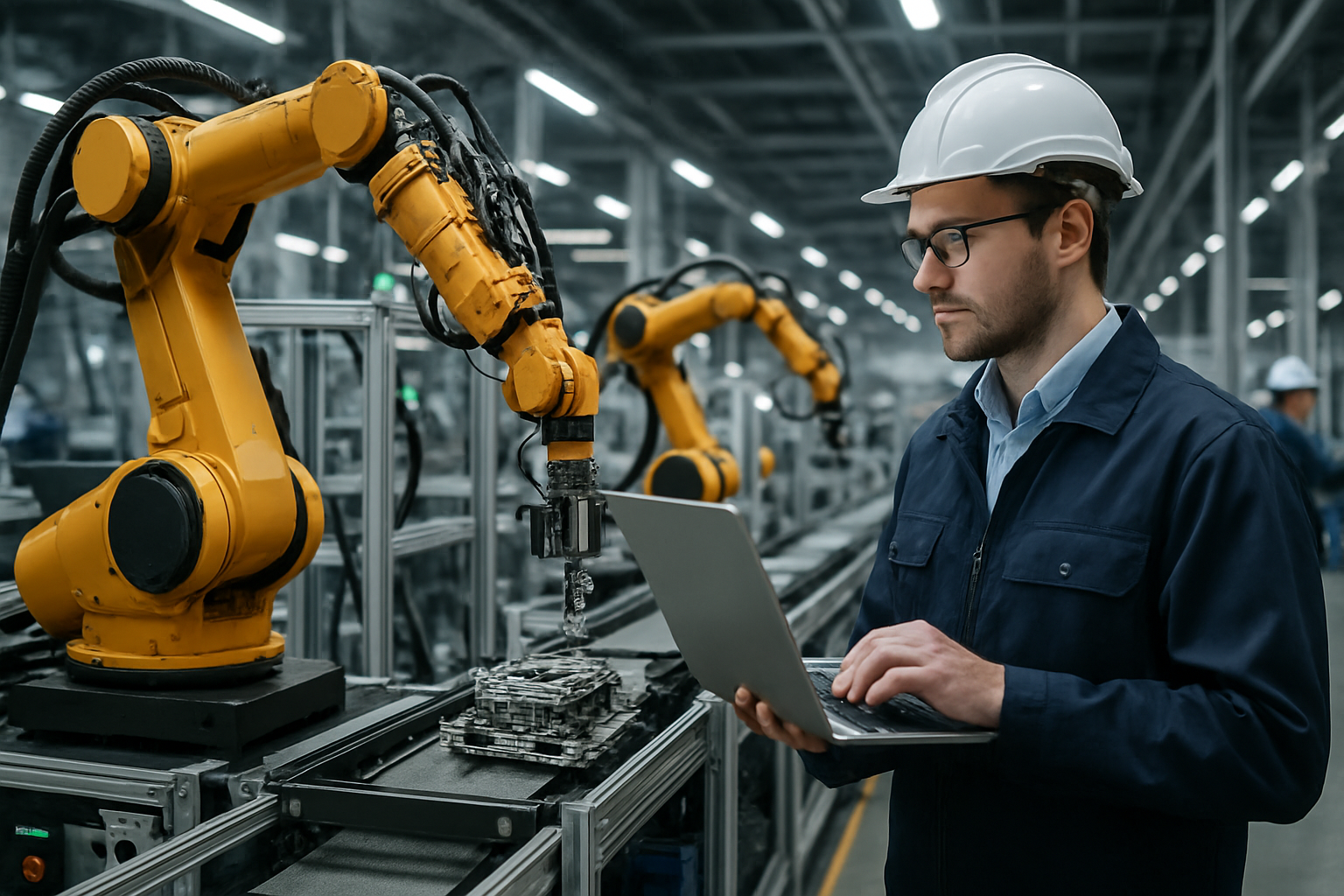Tactile Telepresence: The Next Frontier in Remote Collaboration
Imagine feeling the texture of a fabric or the contours of a 3D model from thousands of miles away. This isn't science fiction—it's the emerging world of tactile telepresence, a groundbreaking technology poised to revolutionize remote collaboration. As we delve into this fascinating realm, we'll explore how haptic feedback and advanced telecommunications are merging to create a new dimension of virtual interaction.

Enter Tactile Telepresence
Tactile telepresence aims to bridge this gap by incorporating haptic feedback into remote communication systems. This technology allows users to transmit and receive tactile sensations over long distances, creating a more immersive and interactive experience. By combining advanced sensors, actuators, and high-speed data transmission, tactile telepresence systems can recreate the sense of touch in real-time.
How It Works
At its core, tactile telepresence relies on a complex interplay of hardware and software components. On the input side, highly sensitive sensors capture tactile information such as pressure, texture, and temperature. This data is then digitized and transmitted over high-bandwidth, low-latency networks. On the receiving end, sophisticated actuators recreate these sensations for the user, often through specialized gloves or other wearable devices.
Applications Across Industries
The potential applications for tactile telepresence are vast and varied. In healthcare, surgeons could perform delicate procedures remotely, feeling the resistance of tissues as if they were physically present. In manufacturing, engineers could inspect and manipulate prototypes from different continents, accelerating the design process. Even in education, students could engage in hands-on learning experiences without being physically present in a lab or workshop.
Challenges and Considerations
While the promise of tactile telepresence is exciting, several challenges must be addressed before widespread adoption becomes feasible. One of the primary hurdles is the need for ultra-low latency networks to ensure real-time tactile feedback. Even slight delays can disrupt the user experience and potentially lead to errors in critical applications.
Data Privacy and Security
Another crucial consideration is data privacy and security. Tactile data, much like visual or audio information, must be protected from unauthorized access or manipulation. As this technology develops, robust encryption methods and secure transmission protocols will be essential to maintain user trust and protect sensitive information.
The Role of Artificial Intelligence
Artificial intelligence is set to play a significant role in advancing tactile telepresence. Machine learning algorithms can help interpret and enhance tactile signals, potentially compensating for network limitations or hardware constraints. AI could also enable more nuanced and context-aware haptic feedback, further blurring the line between physical and virtual interactions.
User Interface and Experience Design
Designing intuitive interfaces for tactile telepresence systems presents unique challenges. Unlike visual or auditory interfaces, tactile feedback requires careful consideration of human physiology and perceptual limits. Creating a seamless and natural user experience will be crucial for the technology’s adoption and effectiveness across various applications.
The Future of Tactile Communication
As tactile telepresence technology continues to evolve, we can expect to see new forms of communication and collaboration emerge. From enhanced virtual reality experiences to more empathetic long-distance relationships, the ability to transmit touch could fundamentally change how we interact in both personal and professional contexts.
Conclusion
Tactile telepresence represents a significant leap forward in remote collaboration technology. By adding the dimension of touch to long-distance communication, it has the potential to transform industries and create new paradigms of virtual interaction. As researchers and engineers work to overcome current limitations, we stand on the brink of a new era in telecommunications—one where distance truly becomes no barrier to human connection and collaboration.





